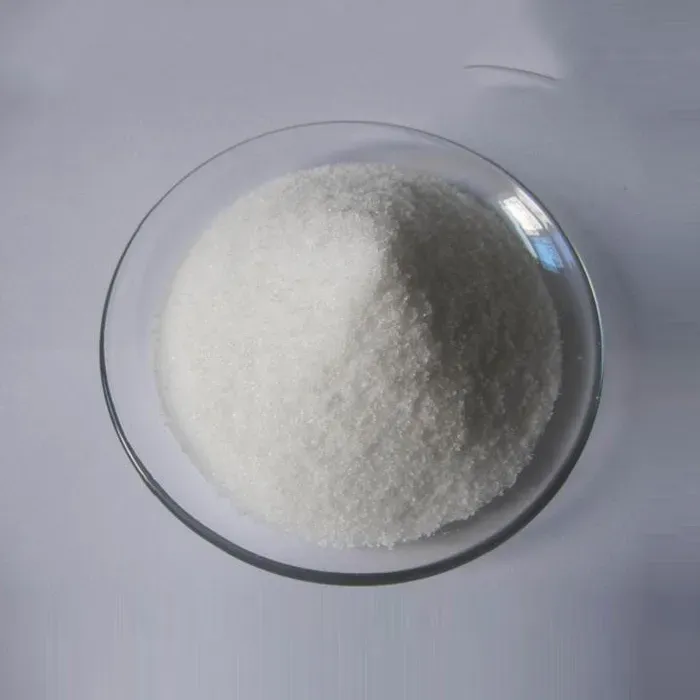Ammonium Mercuric Thiocyanate An Overview of Its Chemical Properties and Applications
Ammonium mercuric thiocyanate, with the chemical formula NH4[Hg(SCN)4], is a complex compound of significant interest in the field of inorganic chemistry. This unique complex involves mercury, a heavy metal, combined with thiocyanate ions (SCN-) and ammonium ions (NH4+), creating unique chemical properties and applications.
Chemical Structure and Properties
The crystal structure of ammonium mercuric thiocyanate encompasses a coordination of mercury with four thiocyanate groups. Each thiocyanate ion can bond with mercury through the sulfur atom, forming a stable complex. The presence of the ammonium ion serves to balance the charge within the structure, as mercury typically exists in a +2 oxidation state, while the thiocyanate ion carries a -1 charge. This coordination leads to a neutral compound overall, crucial for its stability.
The compound is characterized by its solubility in water and certain organic solvents, which is of particular importance in various chemical processes. It exhibits interesting thermal and spectral properties; when heated, ammonium mercuric thiocyanate can decompose to yield mercuric sulfide and other byproducts. Furthermore, the compound can undergo redox reactions due to the presence of mercury, which is known for its variable oxidation states.
Applications in Analytical Chemistry
One of the notable applications of ammonium mercuric thiocyanate lies in analytical chemistry, particularly in the detection and quantification of various ions. The compound acts as a reagent in titrimetric analyses where it serves as a precipitating agent. It participates in complexometric titrations, facilitating the determination of metal ions by forming distinct complexes that are more easily quantifiable.
ammonium mercuric thiocyanate

Additionally, ammonium mercuric thiocyanate has been employed in the study and extraction of silver and gold ions
. Through selective binding and precipitation, this compound allows for the separation and recovery of precious metals from complex mixtures, a process significant in metallurgical applications and environmental remediation.Use in Biological Research
Another area where ammonium mercuric thiocyanate has found its niche is in biological research. Its utility as a fixative in histological studies helps in preserving tissue samples for microscopic examination. The compound’s ability to interact with proteins and nucleic acids makes it a valuable tool in the study of cellular structures and processes.
However, researchers must tread carefully, given the toxicity of mercury compounds. Safety protocols are essential when handling ammonium mercuric thiocyanate to mitigate any potential health risks associated with mercury exposure, including neurological and renal damage. Thus, while it is a useful compound, it requires responsible usage in any application.
Environmental Impact and Safety Concerns
The environmental implications of using ammonium mercuric thiocyanate cannot be overlooked. As a mercury-containing compound, its release into ecosystems poses significant contamination risks. Mercury is a persistent environmental pollutant, and its bioaccumulation can lead to serious health hazards for wildlife and humans alike. This concerned necessitates stringent regulatory measures regarding its disposal and use in industrial applications.
In conclusion, ammonium mercuric thiocyanate stands out as a multifaceted compound with a variety of applications ranging from analytical chemistry to biological research. Its unique chemical properties allow for significant advancements in these fields; however, the associated health and environmental risks necessitate a careful and informed approach to its use. As research continues to expand our understanding of such compounds and their impacts, a balance between utility and safety will be crucial. Future alternatives that can replace mercury-containing compounds without sacrificing effectiveness are critical to ensure sustainability in scientific practices.

